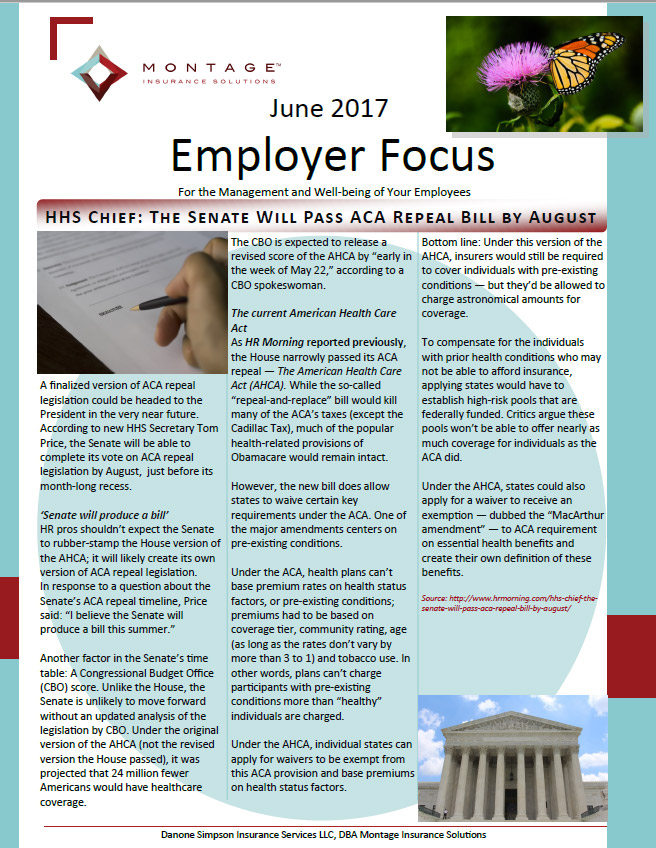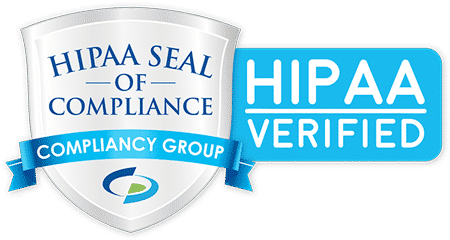Culture is the talk of the table these days, not only the employee’s, but the C-Level Executives. What is culture? We ask if there is a right or wrong culture and the answer is clearly no. There are statistics and collaboration around what makes a great culture and Tony Hsieh, CEO of Zappos has much to share on the subject. As a matter of fact as he is creating a Culture following that has developed into another business to add to his many ventures.
I called Zappos to test the magic and to see what I would discover, as I am sure many of you have done. What I found is a friendly enough fellow on the phone, yet what he did was unique indeed. He not only talked with me about culture and gave me suggestions for my Insurance Brokerage firm, he directed me to order Hsieh’s book on culture at the website: http://www.zapposinsights.com/main/culture-book/. I did order the book and found an amazing book full of employee’s stories on how much they loved Zappos! This book will make any CEO or Human Resource Department think about their company culture. What Tony states online is, “As we started to grow, we asked ourselves, how can we sustain this culture? How can we remember it while simultaneously inspiring ourselves for the next year? Our answer was the culture book. It’s packed with each employee’s idea about our culture, as well as photos, our core values and more. We hope that it will inspire you to create a work place where everyone loves to be.” Their culture craze now appeals to many CEO’s sharing their story about the Zappos’s bootcamp, where one will be immersed in the Zappos culture for a mere price of $3,997 (only 34 spots available on June 14, 2011). [Tony Hsieh, CEO Zappos, 2010 Culture Book, Zappos] I don’t know about you, but I can’t wait to go!
In my EMBA class at Pepperdine I had the joy of meeting the Zappos’s Speaker of the House, Jamie Naughton. She told me, “My least favorite group to speak to can be Human Resources professionals, because they are their own worst enemies.” She then later did mention to the group that her corporate office is in Las Vegas, which has labor laws that are certainly more lax than California. While we have moved into a legalistic environment to protect employees, a dichotomy has occurred, which creates employers to be restrained in what they can do for employees. Many employers today speak about disengaged employees, possibly it is because we have become disengaged employers.
Jamie Naughton shared a story about Zappos’s commitment to customer service, which is worth listening to. This touching story is about a woman who lost her mother and called to return a pair of shoes her mom had not yet worn. She was not only greeted with care, a Fed-Ex package sent to her to pick up the shoes, the employee who took her call over the phone was allowed to send her flowers. This customer shared her story on her blog and it gained great press for Zappo’s, sending their message of commitment to the employee and customer home.
Ken Blanchard reaches out to CEO’s with his http://www.leadwithluv.com/ community. His tagline states “Join the Lead with Luv Community”. He tells leaders, “Organizations often spend too much time watching the scoreboard and not enough time watching the ball. Blanchard® research shows that 50% of organizations focus on dashboards and metrics when they should be focusing on creating and improving employee passion.” Ken Blanchard gives executives a few ideas to “foster work passion in their people. Employees who have work passion generally have:
1. A sense of meaning beyond simply making a salary
2. The autonomy and flexibility to give their all at work
3. Opportunities for growth, collaboration, and feedback
4. A sense of connectedness to their managers and colleagues.”
After attending a Convene CEO Summit and listening to Ken Blanchard, I discovered a “new” man on a mission to teach not only the One Minute Manager, but he delivers an ever important message of the importance of the culture of kindness as well. Actually, Ken promotes to go a step even further and “Lead with Luv.” [Ken Blanchard, Lead with Luv]
A great article written by CEO, Tom Feeney explains, “While we have been really good in the area of providing good customer service, we have done so at the expense of our people,” Feeney says. “We haven’t invested in our people.” He shares his experience to the C-Level executive explaining the importance of listening to the employee with sincerity, “They have to respect you and feel that there is an openness to listen,” Feeney says. “That has to do with style and approachability and sincerity and follow up. If you hear things and if you listen and then you do nothing, you will stop being told things.”
Feeney’s focus on the employee remunerates the customer through outstanding service. Feeney apportions the need for the company’s culture transformation to the front line employee. “Our customer service reps who answer the phones, they are the voice of our company to the customer,” Feeney says. “They are the first impression. When a customer calls on the phone and we answer the phone, immediately that customer has an impression of our company.” His point is “you need to value those people and give them a reason to be proud to be part of your company.” He has tagged this term, “qualitivity, which is the result of satisfied employees leading to quality and productivity, which delivers the best possible outcome”. [Smart Leaders, powered by Smart Business, 6/14/2011]
Feeling quite inspired I looked to my employees and industry, Corporate Insurance. While in deep thought about our company culture and focus on the client I opened my next e-mail, which was from a General Agent, Word and Brown sharing the McKinsey report. Money news reports, “Three in ten employers will abandon offering health coverage to their employees when President Barack Obama’s Affordable Care Act takes effect in 2014, according to the McKinsey Quarterly.” Jones went on to say, “While only 7 percent of employees will be forced to switch to subsidized-exchange programs, 30 percent of companies say they will “definitely or probably” stop offering employer-sponsored coverage, according to the study published by McKinsey Quarterly.” Forrest reports, “At least 30 percent of employers would gain economically from dropping coverage, even if they completely compensated employees for the change through other benefit offerings or higher salaries, the study says, according to Market Watch.” [Forrest Jones, McKinsey: 30% of Companies Plan to Cut Healthcare as Obama Reform Starts, Moneynews.com, Tuesday, 07 June 2011]
So to my clients with whom we consult on Employee Benefits we have to say change is coming, HealthCare Reform (HCR) is not to be missed or its potential aftermath underestimated. While we immerse ourselves in culture reform and surveys, let us not consider the benefits we deliver to employees and their families through our employee benefit program. The mixed message of the happy employee who is fully engaged who cannot afford healthcare for their family puts us right where we began when we first purchased Ken Blanchard’s, Lead with Luv book. Our firm has the joy of working with your employees who call us when they need help with a Doctor’s bill or appointment. They cry with us on the phone late at night in sincere gratitude to YOU for offering their health coverage that allowed that chemo therapy which saved their life. Or when a new mom calls to make sure their newborn, who is crying in the background, gets properly added to the plan, they think of you. They may not tell you enough, so I will take it upon myself to let you know, your employer sponsored health coverage is extremely important, possibly even lifesaving.
Let’s not forget a happy employee is a healthy employee. It appears as though taking away benefits, especially medical insurance will not lead to an employee minded culture, which is the new wave of absenteeism transformation. As a broker I cannot imagine the siege of employees spending company time hunting down a medical plan on-line for their family. Research also tells us that the employees who are the most likely to be cut first would be those who may not even have access to computers at work, which does not comply with the current HealthCare Reform rules in the first place.
Let’s find a smarter way together as CEO’s who want to make a difference in this world, the life or our family, our employee’s and their families. It truly is the employee who delivers the service to our customer making them long term clients, which ultimately furthers every company’s mission. It may behoove us to listen to the table talk of our employees and see if we took their benefits away today how many would stay or how many would truly leave. The CEO’s who are promoting the culture of the happy committed employee is telling us that they are paying for benefits for their employees, just like you and I are. Jamie Naughton, Speaker of the House for Zappos announced they pay eighty five percent of the employee and family. She mentioned they thought to cut the benefits and asked the employees what they wanted. The results proved employee benefits were important to the employee and therefore important to Zappos. The best survey an employer can take is that within their own company. So as candidates step up and make their speeches on the economy and HCR the next time we are leading by walking around and listening to our employees, we may find HealthCare Reform as an ever important topic of their lunch conversation.
References
Tony Hsieh, CEO Zappos, (2010) 2010 Culture Book, Zappos
Zappos’s website: (Tuesday, June 14, 2011) http://www.zapposinsights.com/main/culture-book/
Ken Blanchard website: (Tuesday, June 14, 2011) http://www.leadwithluv.com/community.
Ken Blanchard and Collen Barrett, 2011, Poleva Publishing and Collen Barrett Education, Inc., Lead with Luv: A Different Way to Create Real Success
Smart Leaders, ((Tuesday, June 14, 2011) powered by Smart Business/Ohio
Forrest Jones, (Tuesday, 07 June 2011) McKinsey: 30% of Companies Plan to Cut Healthcare as Obama Reform Starts, Moneynews.com




